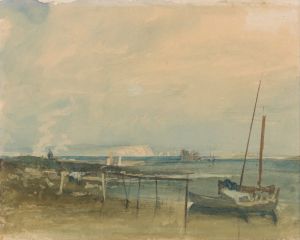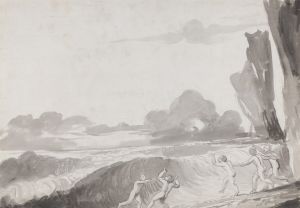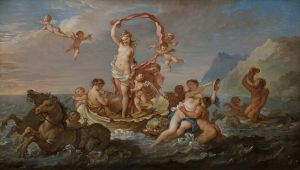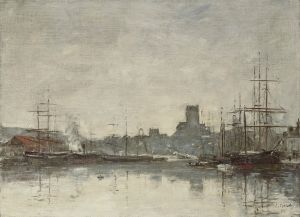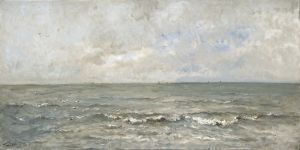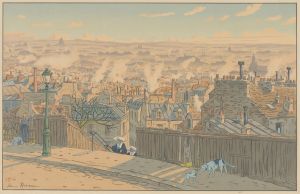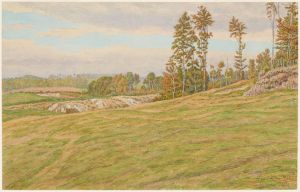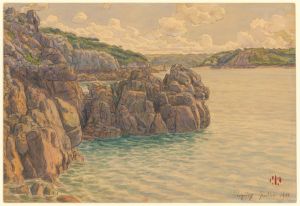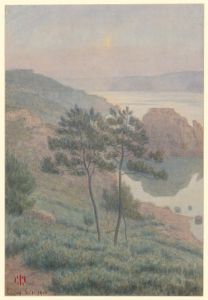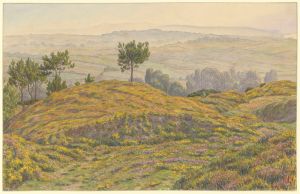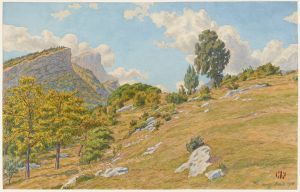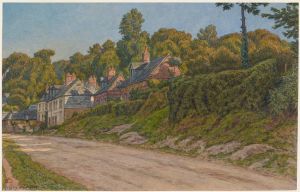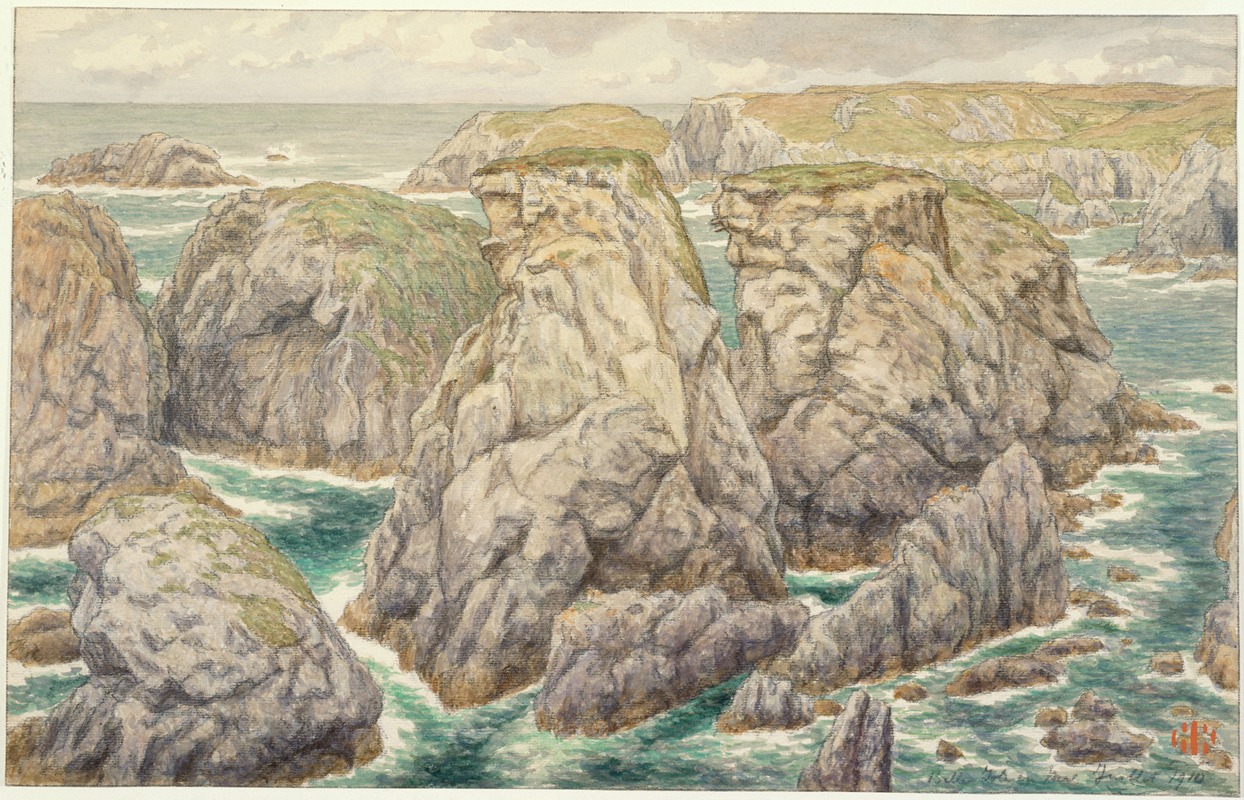
Goulphar. Belle-Isle en mer
A hand-painted replica of Henri Rivière’s masterpiece Goulphar. Belle-Isle en mer, meticulously crafted by professional artists to capture the true essence of the original. Each piece is created with museum-quality canvas and rare mineral pigments, carefully painted by experienced artists with delicate brushstrokes and rich, layered colors to perfectly recreate the texture of the original artwork. Unlike machine-printed reproductions, this hand-painted version brings the painting to life, infused with the artist’s emotions and skill in every stroke. Whether for personal collection or home decoration, it instantly elevates the artistic atmosphere of any space.
Henri Rivière was a prominent French artist known for his innovative contributions to the art of printmaking and his role in the revival of the woodcut technique in the late 19th and early 20th centuries. One of his notable works is "Goulphar, Belle-Île-en-Mer," which captures the scenic beauty of Belle-Île, an island off the coast of Brittany, France. This work is part of Rivière's series "Les Trente-six Vues de la Tour Eiffel" (The Thirty-six Views of the Eiffel Tower), which was inspired by the famous Japanese ukiyo-e artist Katsushika Hokusai's "Thirty-six Views of Mount Fuji."
Henri Rivière was born in Paris in 1864 and became associated with the avant-garde art scene in Montmartre. He was deeply influenced by Japanese art, particularly the ukiyo-e prints, which were characterized by their bold lines, flat areas of color, and emphasis on nature and landscapes. Rivière adapted these techniques to create his own unique style, which combined traditional Japanese aesthetics with Western themes and subjects.
"Goulphar, Belle-Île-en-Mer" exemplifies Rivière's skill in capturing the essence of a landscape through the use of color and composition. Belle-Île-en-Mer, known for its rugged coastline and dramatic cliffs, provided Rivière with a rich source of inspiration. The island's natural beauty is depicted with a sense of tranquility and harmony, reflecting Rivière's appreciation for the serene and picturesque qualities of the French countryside.
Rivière's work often involved a meticulous process of creating multiple layers of color through woodblock printing, a technique that required precision and patience. This method allowed him to achieve a depth and vibrancy in his prints that were highly regarded by his contemporaries. "Goulphar, Belle-Île-en-Mer" is a testament to his mastery of this technique, showcasing his ability to blend colors seamlessly and create a harmonious composition that draws the viewer into the scene.
The influence of Japanese art on Rivière's work is evident in his use of perspective and composition. Like Hokusai, Rivière often employed a bird's-eye view or an elevated perspective to capture the vastness of the landscape. This approach not only highlights the natural beauty of the scene but also invites the viewer to explore the intricate details within the composition.
Henri Rivière's contributions to the art world extend beyond his prints. He was also involved in the theater, particularly the shadow plays at the famous cabaret Le Chat Noir in Paris. His innovative use of silhouettes and lighting in these performances further demonstrated his artistic versatility and creativity.
Today, Rivière's works are celebrated for their artistic merit and historical significance. "Goulphar, Belle-Île-en-Mer" remains a cherished example of his ability to blend Eastern and Western artistic traditions, creating a unique and enduring legacy in the world of art. His prints continue to be studied and admired for their technical excellence and their ability to convey the beauty of the natural world.






